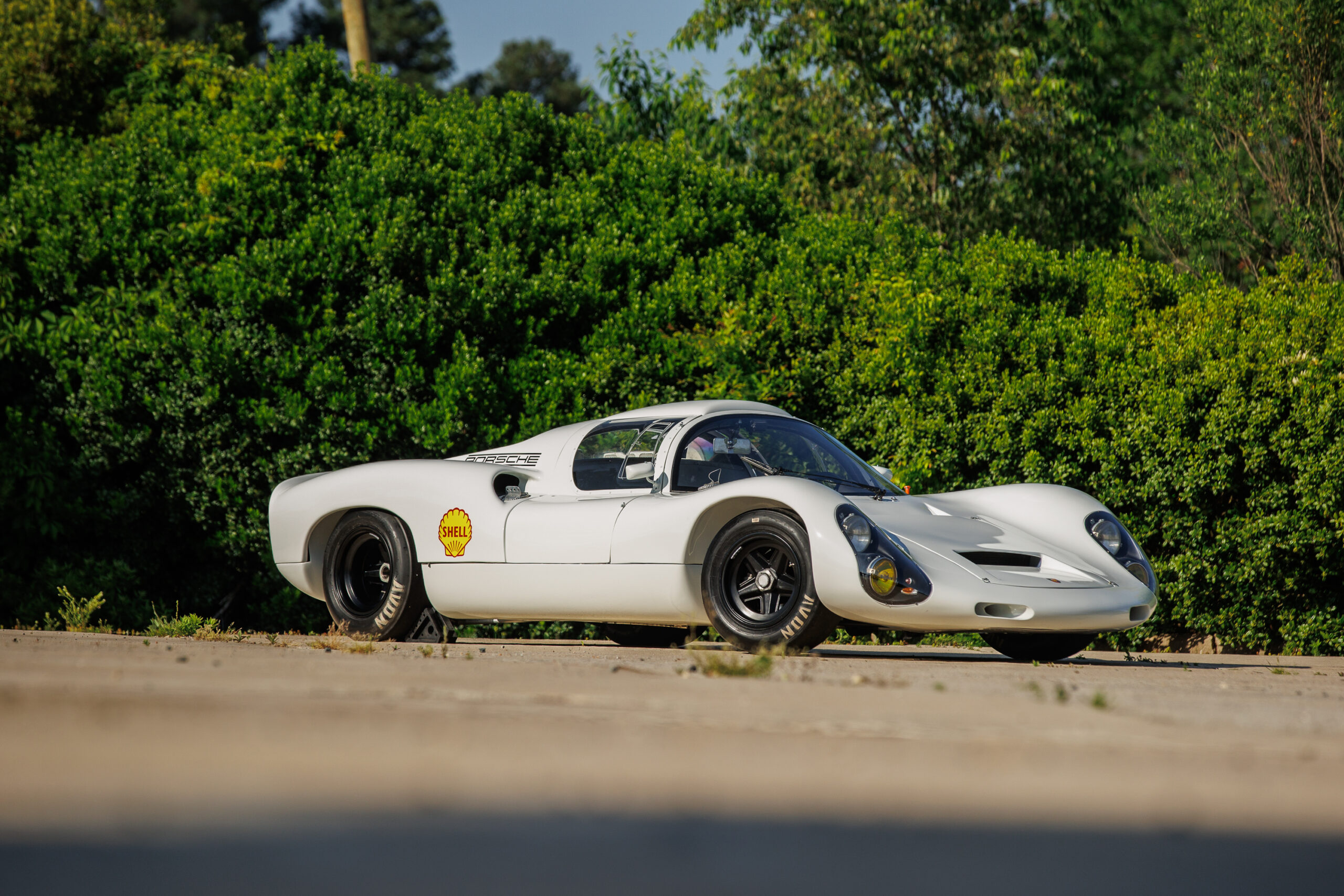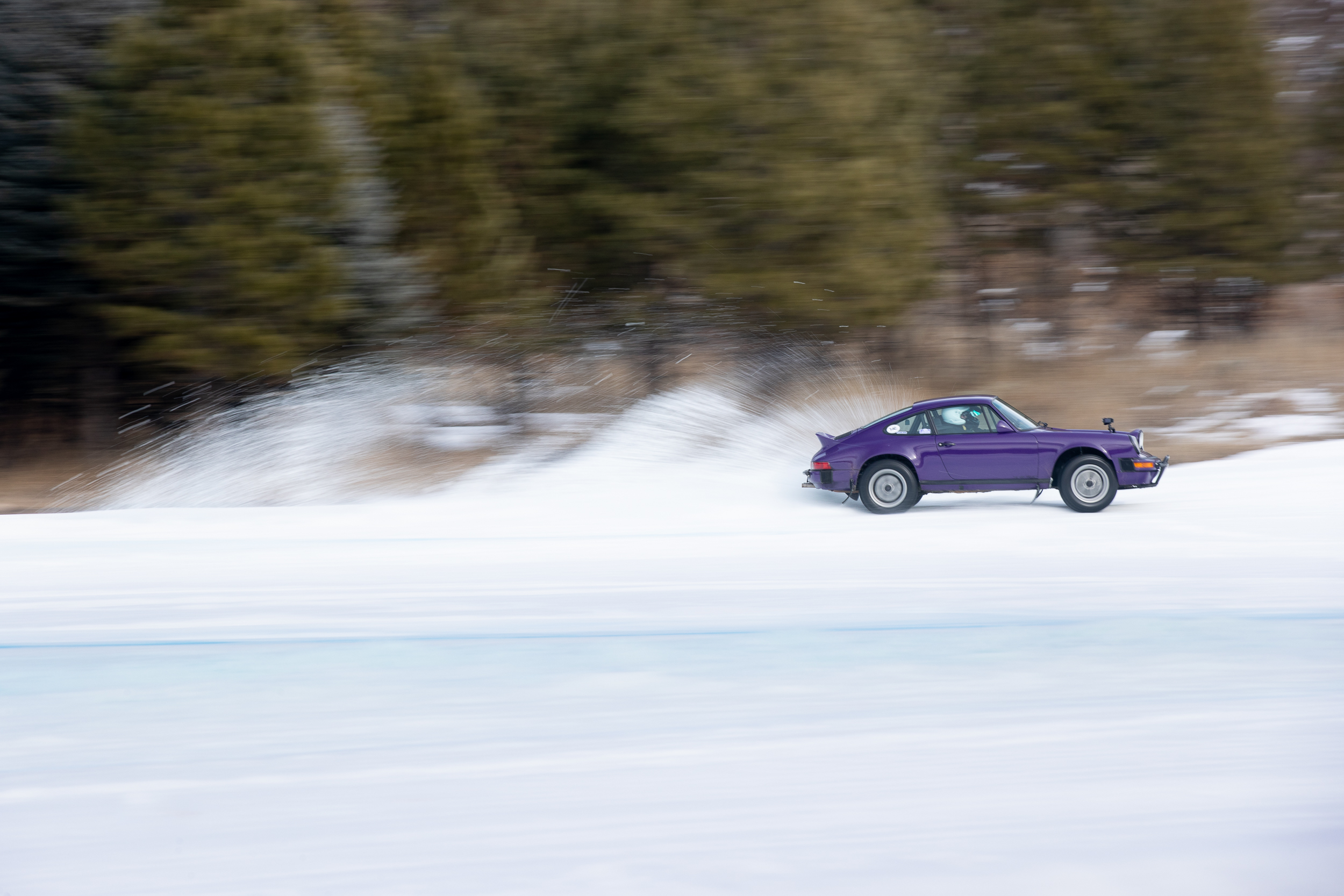Throughout the entirety of its evolution, the silhouette of the 911 has remained an unmistakable shape in automotive design. From the initial development stages of the Typ 754 (a prototype for the successor to the 356 that laid the foundation for the shape of the 901) to the initial production 901/911, there was always the intention to produce a cabriolet that would fill the void in the market that the discontinued 356 roadster left. The story behind why exactly there was no open-top version of the 911 in its early days is a long and complex one, but nonetheless Ferry Porsche pressed F.A. Porsche and his staff to devise a solution.
A convertible 911 proved to be quite the endeavor, as simply slicing off the roof presented a number of unforeseen complications. Due to the increased height of the engine from the use of a vertical center-mounted cooling fan, there was no room to store a collapsible convertible. Without the roof, the body did not have the rigidity necessary support being a cabriolet. To create a 911 Cabriolet from the ground up would have required extensive development to create the tooling to produce the body panels to accommodate the support bows and linkages of a collapsable convertible top. At the same time, the safety of cabriolets was called into question and talks of banning the sale of them entirely in the United States had begun to circulate.
Fast forward to 1965- with inspiration taken from the construction of their race cars and safety measures taken in motorsports, F.A. Porsche and Helmuth Bott had devised a fixed rollbar and additional chassis reinforcement resolving the structural challenges and satisfying the safety debate. Helmuth Bott pushed the hardest for the collapsable plastic rear window, as he felt it came the closest to the sensation of driving a cabriolet.
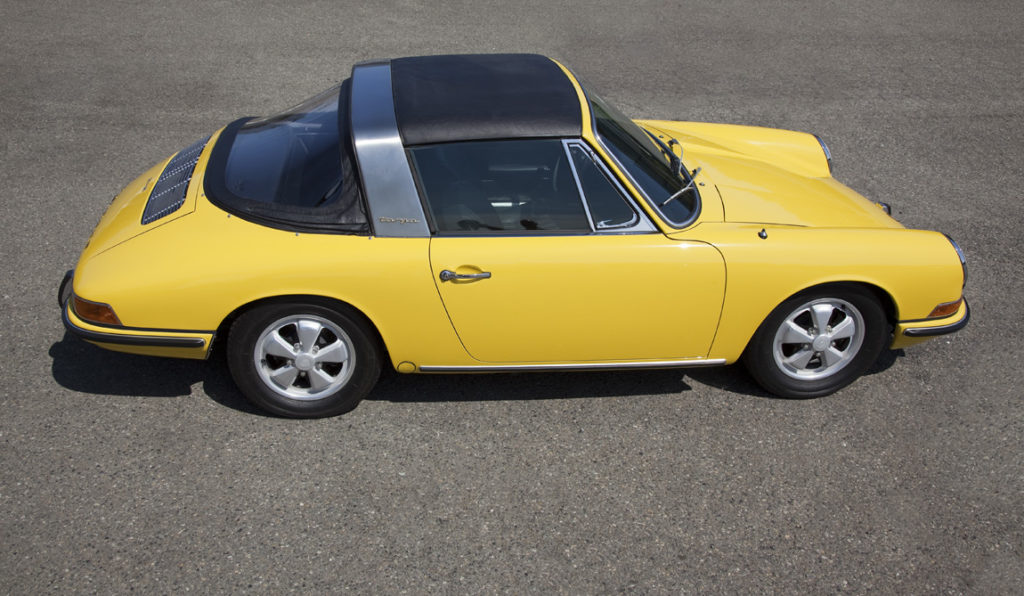
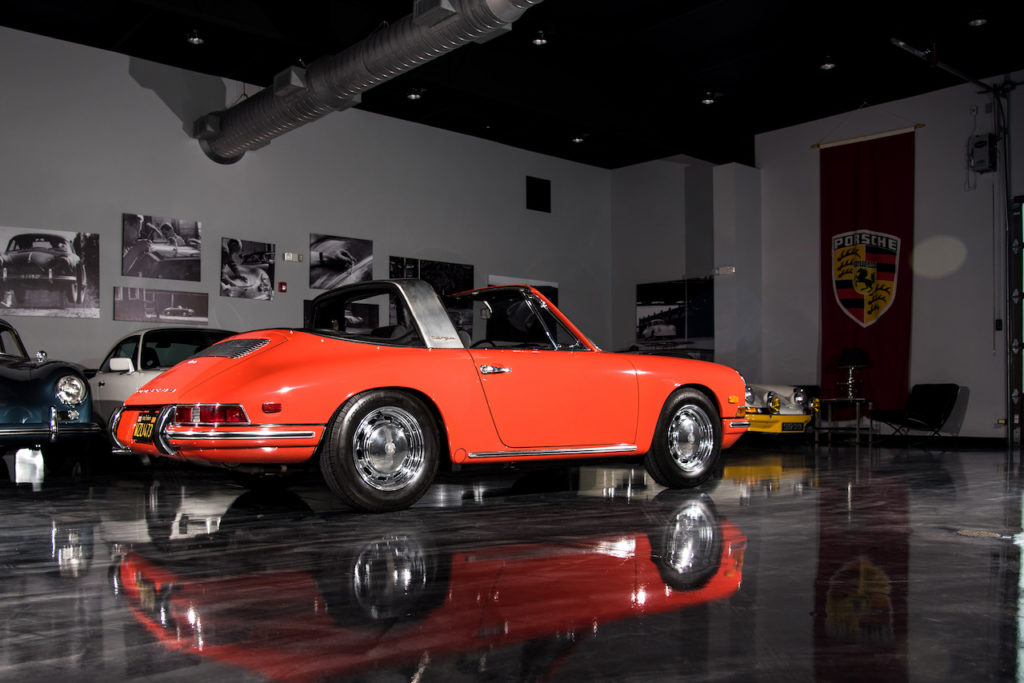
In place of the soft rear window the option of a fixed rear window made from safety glass with a heating element was made available from late in the summer of 1967 and became standard equipment the following year.
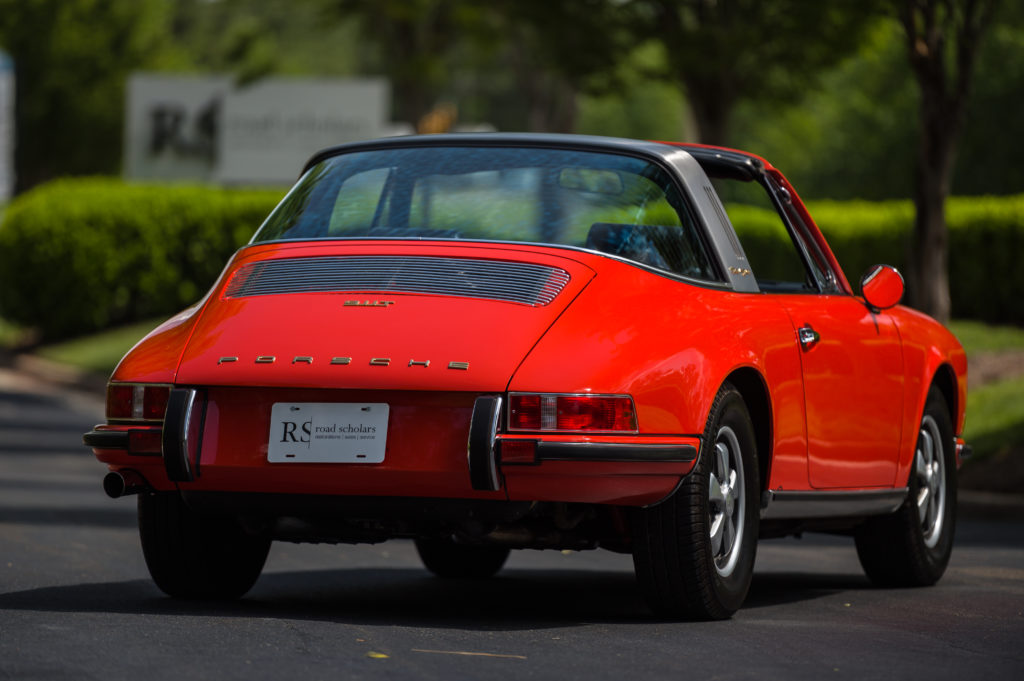
The Targa proved to be so sensational that it became a permanent fixture in the 911 lineup. The release of the G series models brought with it a diverse series of options and configurations. The Targa bar was offered in black as an option in addition to the original brushed stainless, and offered now as the SC, effectively replacing the S. Factory Z option 567 gave Targa buyers the opportunity to mimic the styling of the Turbo with the inclusion of Turbo front fenders, side sections, Forged Alloy Fuchs with spacers and longer wheel bolts, and the aggressive plastic air dam for the front bumper. As of 1987, the Turbo model was offered in Targa body types. Through the “Sonderwunschprogramm” across the span of 3 years, 31 slant nose examples were produced by hand at Werks One at the request of the purchasers, and a $23,000 premium on top of the price of the 911 being converted.
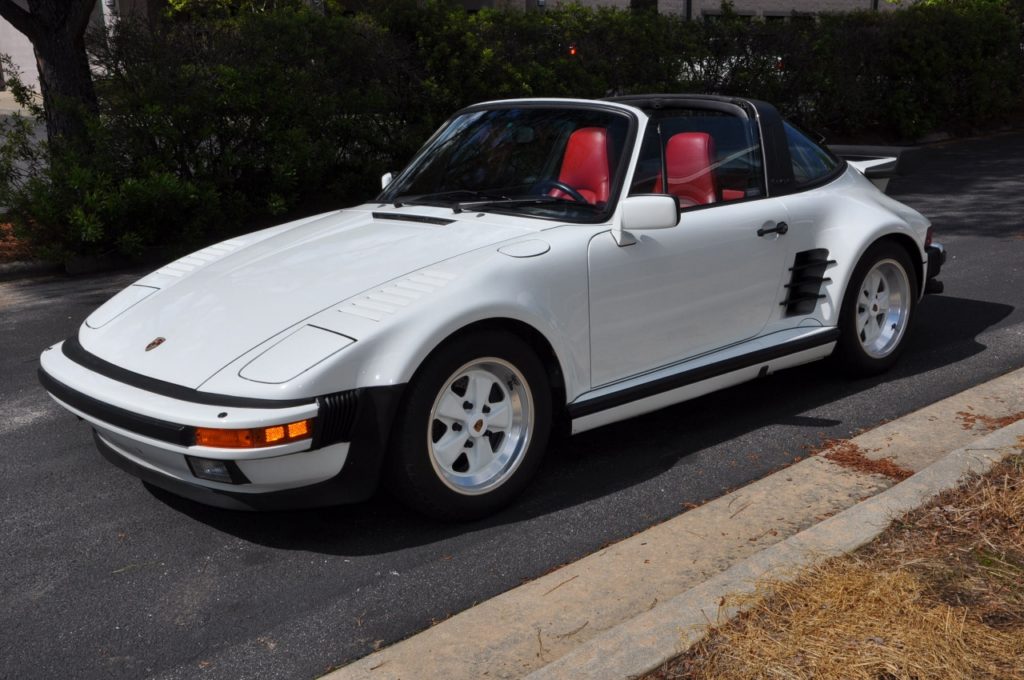
The 964 remained true to the original design of the Targa with the trademark roll bar and removable roof section despite the overwhelming majority of the platform was completely new. Nearly 85 percent of the 964s components were completely new, and for the first time, an all-wheel-drive variant of the Targa was offered in the form of the 911 Carrera 4 Targa.
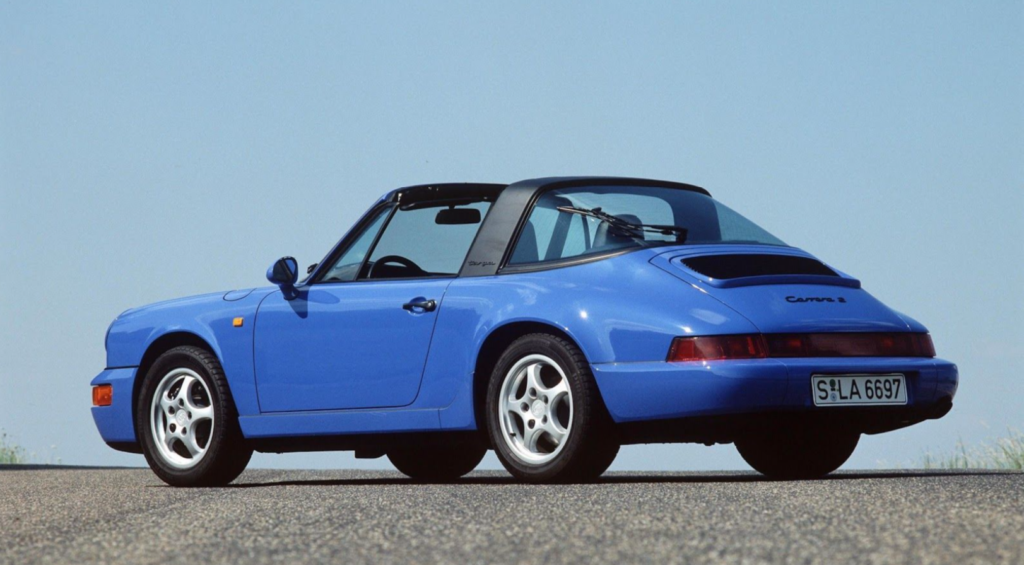
The 993 Targa was the first since 1965 to do away with the Targa’s roll bar in favor of a longitudinal safety structure which allowed the use of tinted heat-insulated glass running from the front window frame to the rear. The Targa roof no longer had a collapsable fabric panel, but instead a segmented glass panel that retracted behind the rear window and allowing for a similar open-top sensation as the Targa models which preceded it.
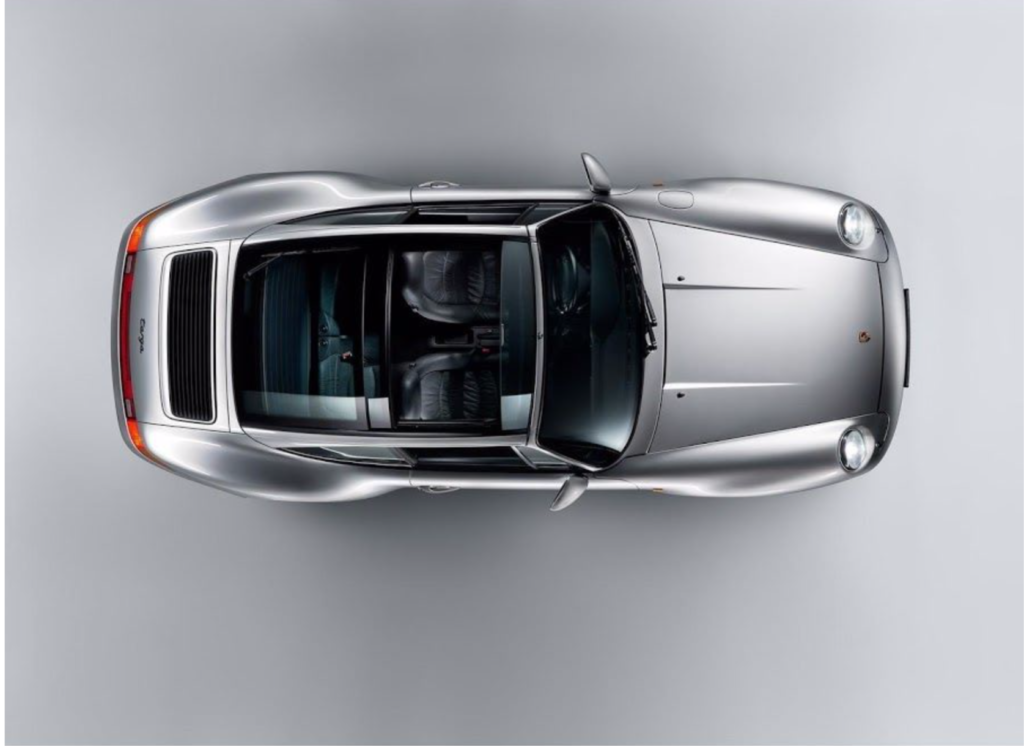
The 996 and 997 continued the stylistic change of the 993 but now featured an even larger glass surface. The 996 introduced a rear window that could be folded up like a hatch, making it easier to access the rear storage space. The 997 refined the 996’s design further and included special glass that reduced the overall weight of the glass by 1.9kg.
The 991 platform marked the next evolution of the 911 and the return of the iconic Targa roll-over bar, but now featured mechanized kinematics that opened and closed with a push of a button and tucked away the hardtop roof panel. Despite being larger in every dimension and more powerful than ever before, the 991 Targa harkens back to the original Targa which enchanted the automotive community.
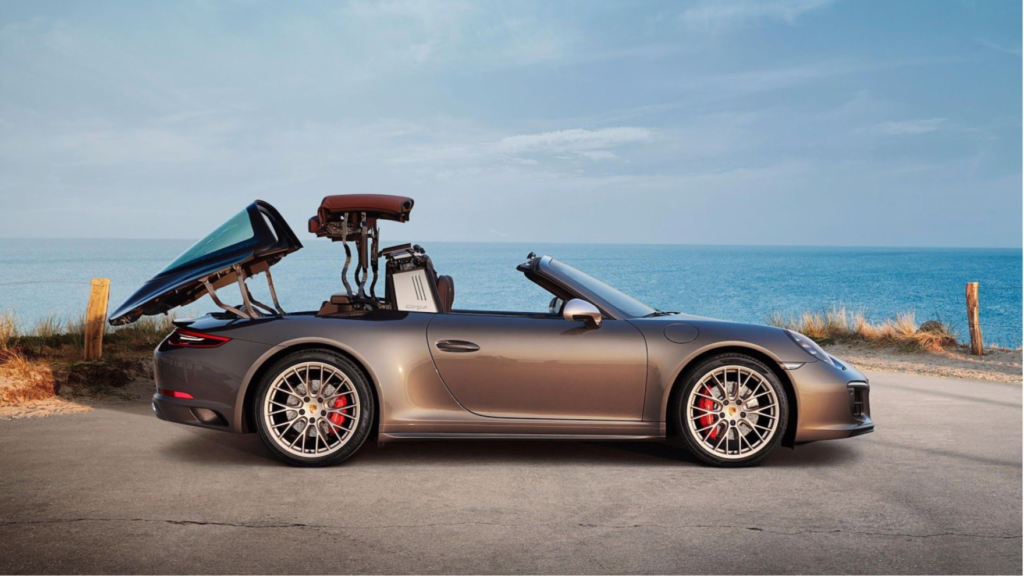
Now, in 2020 the newest generation of the Targa has just been announced. The mechanized roof system now can be retracted or deployed in just 19 seconds. There will be two variants of the new Targa available, the Targa 4 and Targa 4S. With 443 horsepower and 390 lb-ft of torque in the Targa 4S trim, it is now the most powerful Targa ever to have been offered. The 4S also offers the option of a seven-speed manual gearbox for more driver involvement or an eight-speed PDK gearbox.
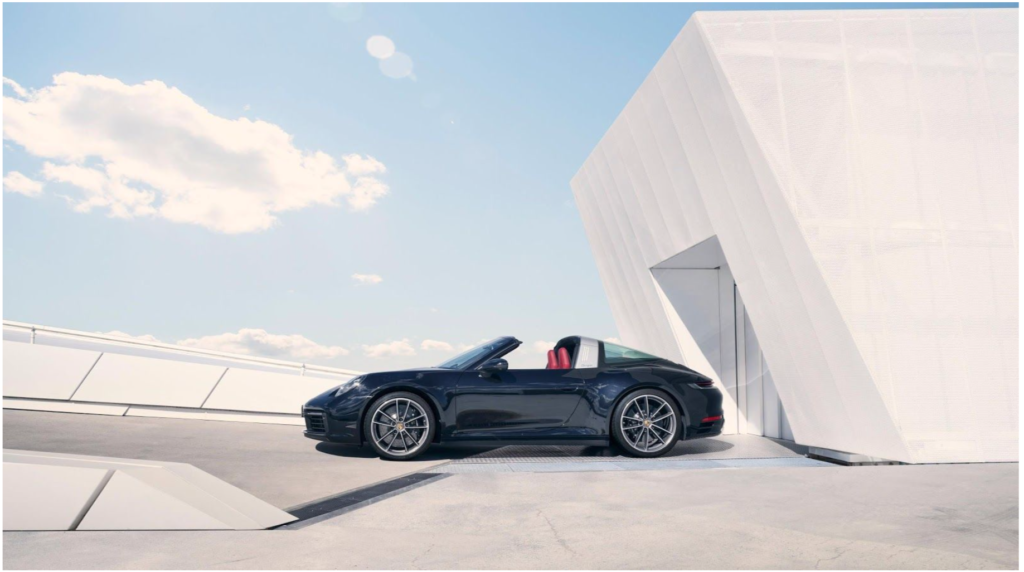
Porsche Exclusive Manufaktur is also offering the Heritage Design Edition, beginning with a Targa 4S and finished in one of five special paint colors with the spear-shaped graphics and gold logos. A Porsche Heritage badge is addicted at the rear, inspired by the badge given to 356 owners who accumulated over 100,000km on their odometers. Inside, corduroy on the seats and door trims reference the 356s of the 1950s. The instrument cluster illumination is green and displays the semi-circles on the tachometer from 3,000 rpm to redline in reference to those found on 356s.
What began as a solution for a chassis that wasn’t suited to be a cabriolet has become of the most favored body styles offered in a 911. It’s safe to surmise that as long as there will be a 911, there will be a Targa model to complement the lineup.

